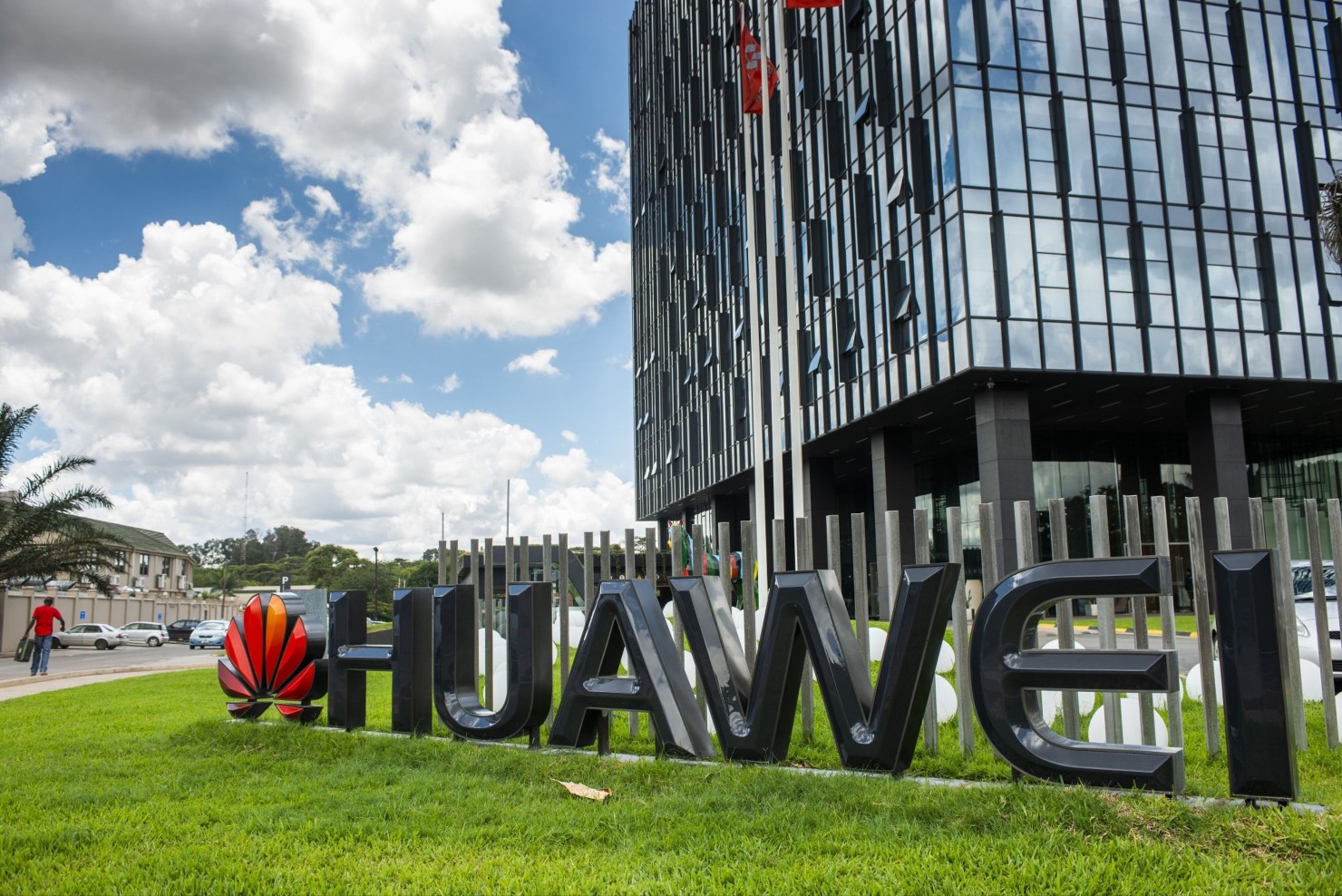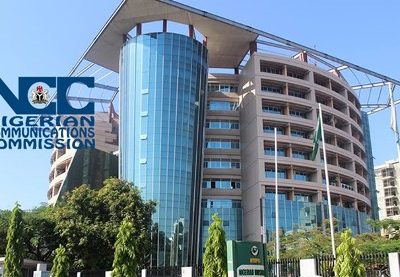By Silvia Elaluf-Calderwood. See her Biography
Huawei is building a strong and powerful network of 2G, 3G, 4G and 5G mobile and Internet infrastructure in Latin America. The company has been engaged in the region for the last 15 years and invests significantly across the 33 nations in North, Central, South America, and the Caribbean. US demands to restrict Huawei because of security concerns have fallen on deaf ears for most policymakers in Latin America.
Actively engaged in growth and the elaboration of digital plans for the 21Ist century by the United Nations, governments in Latin America have focused their efforts to bring network access to citizens. With 5G and mobile networks prioritized, there is less attention on data centres and their increasingly significant role in digital services, including mobile networks. Cloud and data centres will be just as important for 5G as app stores are for smartphones.
RELATED Does Huawei Not Believe In Open RAN? Or Is Just Playing Poker With The O-RAN Alliance And Policymakers?
Under the guise of a battle for 5G and taking advantage of anti-USA sentiment, some Latin American governments have welcomed Huawei and Chinese investment. Huawei and China have exploited the USA’s perceived weakness and lack of interest in investment in the region. Brazil, Chile and others have taken, and even courted, Huawei investment to strengthen the cloud and data centre resources. China is now Chile’s top digital trade partner, reflecting a trend prevalent in all Latin America, Huawei investment arm backed by the Chinese government. Brazil and Mexico are important strategic partners for growing Huawei’s ubiquitous presence across Latin America, decreasing further the likelihood of acquiescing to US demands to restrict its technology. Furthermore, China has launched a comprehensive plan of collaboration by extending their Digital Silk Road to the region.
The nations of Latin America have partnered extensively with the US for reasons of history, economy, and shared geopolitical interests. However, those ties have loosened as the Chinese have come with funds and greater ambitions. Notably the US maintained its partnerships for its own security, but that is fraying. Today, US internet traffic is processed in Latin American clouds and data centres built and run by Huawei and other Chinese firms.
China and the Decline in Human Rights in Latin America
The decline in security is coupled with a threat to human rights in the region. Chinese government law and practice asserts control over the internet and any IT product or service made by a Chinese entity. Not only can the Chinese government force any Chinese subject to operate on its behalf, but it also asserts rights and interests to any data collected on any Chinese made product or service anywhere in the world at any time for any reason. Chinese firms provide detailed data on their customers to the government for reputational processing. Notably Huawei has worked with the Chinese government to build control and surveillance features into its equipment, and this is marketed to governments as a benefit and with a discount. Moreover, Huawei advocates for new internet protocols at the UN which would enshrine these standards.
There are reports of Huawei partnering with governments to use its equipment and technology counter civil liberties norms and local laws. Sadly, there is lack of regulatory protections to guard against such abuse, and law enforcement to protect citizens rights is limited. Furthermore, it is not only local, regional, and national governments with have contracted with Huawei and other Chinese IT entities, but providers of critical services like health care and many private companies access Chinese data centres.
The Chinese government has perfected surveillance as an end-to-end solution using Chinese products and services like Huawei. Countries with unfavourable reputations for human rights have sought this capability. The perfect storm is brewing by combining China’s vast experience in surveillance and oppression (for example the of Uyghurs) and the availability of its tools on the one hand to on the other, a region defined by political instability for the last two centuries. Undemocratic political regimes could be extended by intensive use of technology to control the communication and activity of the people of Latin American nations. China offers technological social control at scale and sophistication of which earlier dictators could only dream.
Huawei’s aggressive investment plan and spread is paying off significantly. With its fourth cloud network underway in the region, Huawei plans to expand in the next two years to new undersea cables and XG networks – mainly upgrading to 5G from 3G. The Huawei Cloud has expanded faster than any other cloud network in the region.
The Geopolitics of Huawei Cloud: Chile, Brazil and Mexico
The explosive growth of Huawei Cloud has geopolitical implications. Huawei launched its first cloud in Chile in 2019 because of its proximity to Antarctica – hence low global emissions – but also because AWS and Google have a Cloud presence there. Today Huawei serves Latin America using three data centres in these three countries: Chile, Mexico and Brazil. Chile is designated as the data centre for the MercoSur (minus Brazil) and south part of the Andean Community (ex Pacto Andino), which includes Argentina, Uruguay, Paraguay in the first group, and Peru and Bolivia from the second group. A second Huawei cloud in Mexico is underway.
Brazil is a self-contained market given its large size, different language (Portuguese instead of Spanish), and different laws from the rest of the region (Brazil was an early adopter of territorial jurisdiction principles for local data store like the European GDPR) Thus, it made sense for Huawei to establish a data centre in the country and build an associated story. The decision matches the ongoing laying of new undersea cables connecting Brazil to Africa with Chinese investment.
Finally, Mexico’s Huawei Data Centre was established to compete in traffic and to monitor traffic going to the Dallas and Miami Exchanges but also to store and manage data for Central America (Honduras, Nicaragua, Salvador, Costa Rica and others), the Caribbean region and the Andean Community countries not supported by the Chile data centre: Venezuela, Colombia and Ecuador.
These developments may come as a surprise to the USA whose policymakers and emissaries promote OpenRAN as the solution to the Huawei problem, a region where the prevailing markets have 2G and 3G networks in which OpenRAN is not applicable. The Americans, with a myopic focus on 5G, have failed to conceptualize what is a larger, multi-faceted problem. It matters little if a network component is interoperable if the network data is processed by a Chinese server in a Chinese cloud. Moreover, the US restrictions on Huawei do little to deter the cloud business in America’s backyard.
China’s Global Ambition
Huawei expansion worldwide has followed the geopolitical goals of the Chinese government. A fast expansion in the neighbourhood area of China, further horizons in Africa, and in the last 5 years rapid expansion in the region South of the United States: from Mexico to Argentina. The Wilson Centre’s Latin American Program offers a helpful diagram demonstrating Huawei’s commitment as a leading provider of telecommunications in the region.
The Economist calls data the “new gold”; others call data the “new pollution” given the consumption and emission of greenhouse gas in data centres. No matter how data is characterized, data centres will have increasing importance given their strategical geopolitical locations and their vendors. Huawei’s growth in Latin America should be a warning flag for civil libertarians, as the company with close links to China, non-democratic regime with a poor human rights record.
Many are wary of the situation in Venezuela, a failed state which has grossly mismanaged resources and created one of the biggest peace time migrations ever. Huawei also works with the Venezuelan government.
As it is said in Spanish, “lo que se come de alguna manera se paga”–the allure of cheap communications is not a free lunch and later it will be paid somehow—is applicable to many false promises by Chinese companies in the region. Already countries in Africa are feeling the burden of Chinese sponsored loans with high levels of corruption, poor analysis of environmental impact, and surveillance practices. Latin America is on target to allow, or is already allowing, strong interference in all its internal affairs by an alien global power.
The fight for the digital control of the region is getting heated. According to the Wilson Centre, the impact of the COVID pandemic has accelerated the process of expansion of Huawei influence in the region. The need for digital infrastructure in the region has grown to replace earlier practices and industries.
Many US policymakers have derided Huawei and the Chinese in the region, but so far, this talk has not stemmed Huawei’s explosive growth in the region. “Whether it is stopping Huawei and 5G, stopping the theft of intellectual property, countering Chinese efforts to penetrate Europe, Africa and Latin America – America needs a new comprehensive strategy that involves an all of America approach,” noted one China hawk. Lt. General Andrew Croft, Deputy Military Commander of the U.S. Southern Command, declared there is no such thing as an economic/political divide in Chinese activities and calls out “strategic ownership” in the region. Given the peculiar nature of Chinese business, which is significantly controlled by the state, the fact is that China simultaneously uses its so called “private” companies to advance political objectives:”. The Heritage Foundation observed, “Huawei often functions as an extension of the Chinese Communist Party’s security enterprise. If Huawei develops 5G networks in Latin America, China will essentially control the communications, infrastructure, and sensitive technology of the entire region.”
The US appears to be trapped in the “innovator’s dilemma”, a typical pitfall for large companies and countries. By overfocusing on its most popular and current innovation 5G, the US failed to consider the role of unexpected competitors in different but important fields, like Huawei in clouds and data centres. US efforts to safeguard 5G mean little if Huawei stores and processes the data.
- Published by Strand Consult with this title: Huawei data centres and clouds already cover Latin America. Chinese tech influence is a gift to countries and politicians that don’t respect human rights’.































